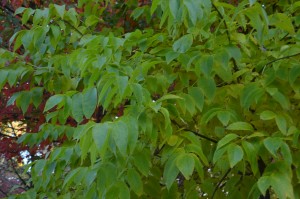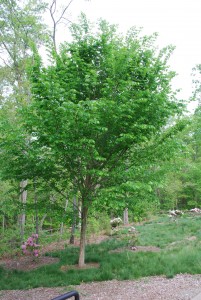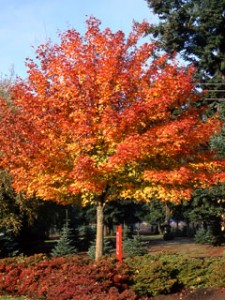In recent years urban tree diversity has become a buzz topic. The threat of losing entire street plantings to a deadly exotic disease or pest has to often become the reality. Nearly a century ago, urban tree-lined thoroughfares were laid bare by losses of American elms (Ulmus americana) and chestnuts (Castanea dentata) to Dutch elm and chestnut blight diseases respectively.
Thousand cankers disease (TCD) is a disease complex currently threatening millions of black walnut (Juglans nigra) trees in forests and urban areas. TCD is the result of the combined activity of a fungus and walnut twig beetle.
Asian long-horned beetle continues to kill tree populations in several Mid-Atlantic and Midwest states. It is an invasive wood-boring insect that attacks hardwood trees, including maple (Acer spp.), birch (Betula spp.), beech (Fagus spp.), poplar (Populus spp.), and elm (Ulmus spp.).
Emerald ash borer is destroying native and European ash (Fraxinus spp.) across the U.S. and around the world. Oak wilt disease is laying ruin to oaks (primarily the “black oak” species) in several states.
Norway maple has been widely used on residential streets because it is a long -lived attractive tree, and holds up to soil compaction and air pollution. Unfortunately, this non-native maple is weedy, producing abundant seeds which invade native woodlands and aggressively compete with native plants.
Tree scientists are keen about Shantung or Purpleblow maple (Acer truncatum). It has an attractive appearance, but does not propagate well (USDA hardiness zones 4 – 8). This Asian maple species grows 25 – 30 feet tall and wide, is exceptionally heat and drought tolerant, and adapts to either full sun or moderate shade. Hybrid cultivars like Norwegian Sunset® and Pacific Sunset® exhibit exceptional heat and drought tolerance, good disease and pest resistance, and boasts bright red fall leaf color.




 Posted in
Posted in 
